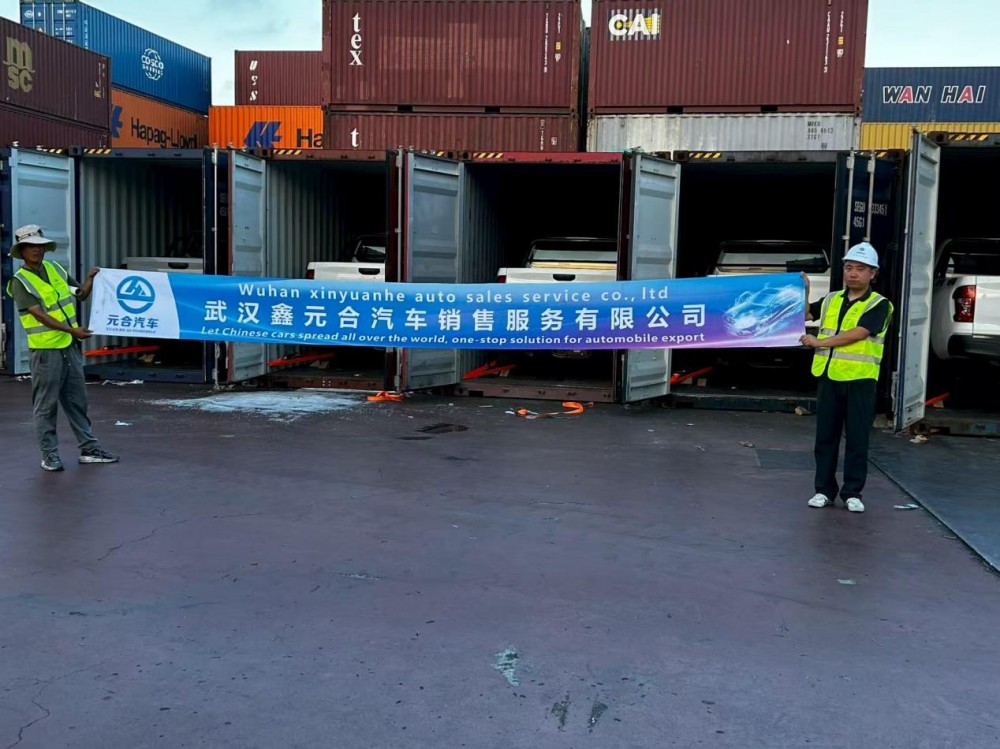In the realm of scientific research and industrial applications, the handling of chemicals is a fundamental aspect that demands rigorous attention to safety protocols. While many practices are well-established and widely accepted, there remains a critical need to identify and eliminate unsafe practices that could lead to accidents, injuries, or environmental hazards. This article delves into the nuances of chemical safety, focusing on the question: Which of the following is not a safe practice when handling chemicals?
Understanding Chemical Safety
Chemical safety encompasses a broad spectrum of practices designed to minimize risks associated with the use of hazardous substances. These practices are informed by regulations, guidelines, and best practices established by organizations such as the Occupational Safety and Health Administration (OSHA) and the American National Standards Institute (ANSI). A comprehensive understanding of these guidelines is essential for anyone working in environments where chemicals are present.
Common Safe Practices in Chemical Handling
Before we explore unsafe practices, it is crucial to outline some of the standard safe practices that should be adhered to when handling chemicals:
- Personal Protective Equipment (PPE): The use of appropriate PPE, including gloves, goggles, and lab coats, is essential to protect against chemical exposure. The selection of PPE should be based on the specific chemicals being handled.
- Proper Labeling and Storage: Chemicals must be clearly labeled with their contents, hazards, and handling instructions. Additionally, they should be stored according to compatibility to prevent reactions that could lead to spills or explosions.
- Use of Fume Hoods: When working with volatile or toxic substances, fume hoods provide a controlled environment that minimizes inhalation risks. Ensuring that fume hoods are functioning properly is a critical safety measure.
- Training and Awareness: Regular training sessions on chemical safety protocols and emergency response procedures are vital. Employees should be familiar with Material Safety Data Sheets (MSDS) and understand the specific risks associated with the chemicals they handle.
Identifying Unsafe Practices
Now, let’s address the core question: Which of the following is not a safe practice when handling chemicals? Here are some common unsafe practices to avoid:
- Ignoring Safety Data Sheets (SDS): One of the most significant oversights in chemical handling is neglecting to consult Safety Data Sheets. SDS provide essential information about the properties of chemicals, including hazards, handling instructions, and emergency measures. Failing to review these documents can lead to improper handling and increased risk of accidents.
- Improvising with Equipment: Using makeshift equipment or tools that are not designed for chemical handling can result in leaks, spills, or reactions. It is imperative to use only equipment that is specifically rated for the chemicals in use.
- Eating or Drinking in the Laboratory: This practice is not only unprofessional but also poses a severe risk of chemical ingestion. Contaminated surfaces can transfer harmful substances to food or drink, leading to acute poisoning or long-term health effects.
- Neglecting to Report Spills: Failing to report and clean up chemical spills promptly can create hazardous conditions for all personnel in the area. Establishing a clear protocol for spill response is essential for maintaining a safe working environment.
- Working Alone with Hazardous Chemicals: Conducting experiments or handling dangerous chemicals without supervision increases the risk of accidents. It is advisable to always have a colleague present, especially when working with particularly hazardous substances.
Conclusion: Cultivating a Culture of Safety
In conclusion, the safe handling of chemicals is a multifaceted responsibility that requires diligence, training, and adherence to established protocols. By identifying and eliminating unsafe practices, organizations can foster a culture of safety that protects employees, the environment, and the integrity of their operations. As we navigate the complexities of chemical safety, it is imperative to remain vigilant and proactive in our approach, ensuring that safety is always the top priority.






+ There are no comments
Add yours